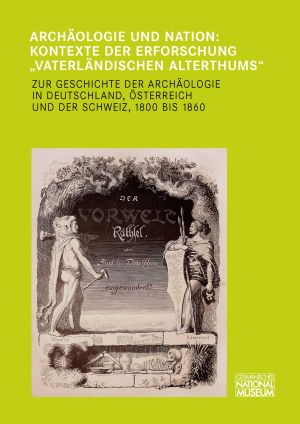How to Cite
License (Chapter)

This work is licensed under a Creative Commons Attribution-NonCommercial-NoDerivatives 4.0 International License.
Published
Von der Aufklärung zur vaterländischen Altertumskunde
Das Wirken der Oberlausitzischen Gesellschaft der Wissenschaften zu Görlitz und der Beginn der archäologischen Forschung in der Oberlausitz
From Enlightenment to National Antiquarianism: The Activities of the Scientific Society of Upper Lusatia in Görlitz and the Beginning of Archaeological Research in Upper Lusatia
The Scientific Society of Upper Lusatia was founded in Görlitz in 1779. One of the research fields pursued by this late-Enlightenment association was the study of antiquities, with special emphasis on archaeology, historical documents, seals, and coins. By 1780, the society’s collection had acquired its first archaeological finds and in the same year, an archaeological survey was published of the Totenstein, a hill near Görlitz. Around 1800, however, interest in local archaeology declined. It did not revive until 1830, when Görlitz’s Natural Science Society (founded in 1811) founded an ‘Antiquities Chapter’. Early research, however, was still principally descriptive in nature, with only a passing interest in ethnic interpretation. Despite the fact that the 1815 Congress of Vienna had divided Upper Lusatia between Prussia and Saxony, the Scientific Society of Upper Lusatia continued to operate across the whole region. It was only with the foundation of the Upper Lusatian Society of Anthropology and Prehistory in 1888 that a decidedly patriotic-nationalist agenda began to colour regional archaeological research. The Upper Lusatian Society’s collection grew rapidly, thanks to the excavations it conducted, and became the basis of the prehistoric and early historical collection of the Kulturhistorisches Museum Görlitz.







